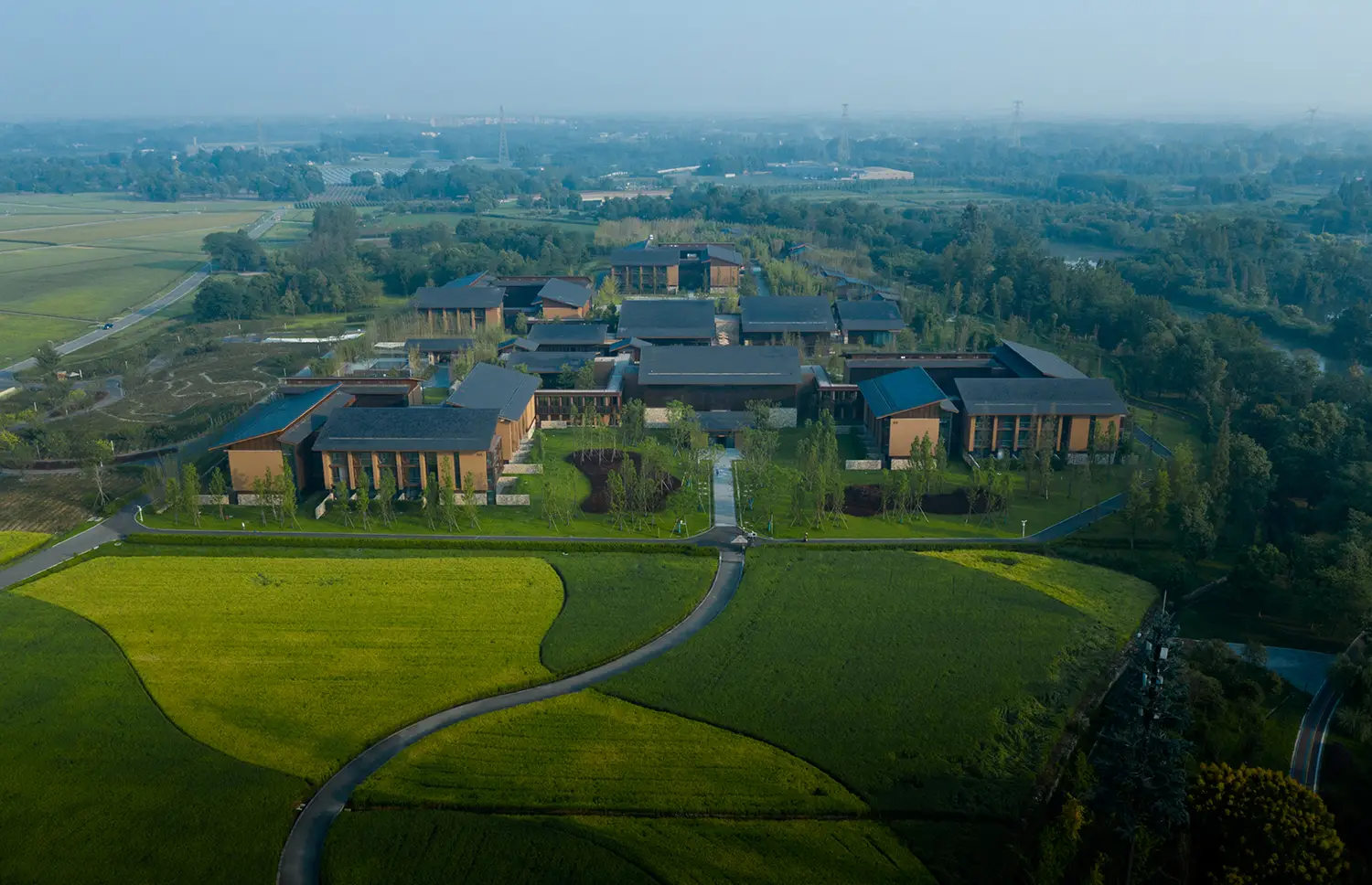The Asia Pacific destinations are forecast to receive an aggregate inbound count of close to 728.4 million international visitor arrivals in 2019, over 40 million more than the volume received in 2018. China, Turkey and Hong Kong SAR are predicted to lead the way in 2019 with annual increases of 7.4 million, 4.0 million and 3.7 million foreign arrivals respectively.
Destinations in the Americas register strongly as well, with the USA and Mexico in particular, expected to show annual increases in inbound foreign arrivals of more than 3.3 million and over 1.1 million respectively, for the period.
Vietnam is predicted to lead Asia Pacific destinations in terms of its average annual growth rate over the next five years, according to the just-released Asia Pacific Visitor Forecasts 2019-2023 Full Report. Following on from the earlier release of the Executive Summary Report, the Full Report delves deeper into origin-destination pairs for 40 Asia Pacific destinations, as well as, where data permit, tourism receipts, and income and price elasticities.

Vietnam will be followed by Papua New Guinea and Lao PDR, each of which has average annual growth rates well in excess of the Asia Pacific average of 5.5% between 2018 and 2023.
In terms of origin markets, the major generators of IVAs are forecast to be China, Hong Kong SAR and Korea (ROK) with those three origin markets producing a collective increase of more than 17.3 million additional IVAs into the Asia Pacific between 2018 and 2019. In total, seven origin markets will add volume increases of more than one million foreign arrivals each, with the top five all originating in Asia followed by one from the Americas, and one from Europe.

Across the arrivals-generating regions, it is predicted that Asia will account for 69% of the additional volume received by Asia Pacific destinations between 2018 and 2019; Europe will account for 13% and the Americas 12.5%. The Pacific is expected to generate a little more than two percent of the additional IVAs into the Asia Pacific between 2018 and 2019.
Among the 25 destinations for which receipts data – and hence forecasts – are available, four destinations are expected to see double-digit increases between 2018 and 2019, with Macao, China leading that charge.
In absolute volume increases however, it is expected that China, the USA, and Thailand will see the strongest annual gains in receipts from international tourism between 2018 and 2019, followed by Japan and Malaysia.

In total, between 2018 and 2019, 12 destinations within this group are forecast to see receipt earnings increase by more than one billion US dollars apiece.
Foreign Visitor Growth – 2018 to 2023
By 2023, it is expected that China will further consolidate its position as the number one destination in the Asia Pacific, capturing more than 22% of the nearly 900 million foreign arrivals expected into the region in that year. The USA and Hong Kong SAR follow in terms of the absolute volume of foreign arrivals in that year, however, China has a lead of almost 105 million IVAs over the USA, its closest contender.

Significantly, the top five destinations by volume of IVAs in 2023, are expected to account for more than half of the relative share of foreign arrivals into the Asia Pacific in that year.
For the additional 210 million IVAs generated into the Asia Pacific between 2018 and 2023, Asia is expected to capture the bulk of that additional volume (84.8%), followed by the Americas with 12.0% and the Pacific at just over three percent.
Asia is forecast to be the strongest generator of additional IVAs between 2018 and 2023 also, producing close to 74% of the additional volume of foreign arrivals into the Asia Pacific over that period. Europe is predicted to generate almost 11% of that additional volume and the Americas just over 10%.

Turkey and Thailand make up the top five inbound ranking by absolute volume in 2023 and together, these top five destinations account for well over half (54.5%) of all the foreign visitor arrivals into the Asia Pacific in that year.
Of the 210 million additional foreign arrivals into the Asia Pacific generated between 2018 and 2023, 73.7% will come from Asian origin markets, 10.9% from European markets and 10.1% will come from origin markets in the Americas.
The strongest Asian generators of additional visitor arrivals between 2018 and 2023 will be led by China and Hong Kong SAR with respective increases of 49.2 million and 30.8 million. These markets will be supported by Korea (ROK), Malaysia, and India with incremental increases of 16.0 million, 9.3 million and 5.4 million respectively.
Out of Europe, it is expected that the strongest gains in the absolute volume of arrivals between 2018 and 2023 will come from Germany, the United Kingdom, and France with increases of 3.9 million, 2.4 million and 2.3 million respectively. The Russian Federation (+2.3 million) and Bulgaria (+1.4 million) will make up the top five origin markets out of Europe, ranked by the absolute increase in the volume of arrivals over that period.
From the Americas, the big three of the USA, Canada, and Mexico will generate the most additional volume of arrivals (4.3 million, 3.2 million and 2.9 million) with Argentina and Brazil closing out that top five list with gains of 2.6 million and 2.5 million IVAs respectively.
The Pacific also fields a strong supplier of additional foreign arrivals, with Australia producing a period increase of more than 3.6 million, followed by New Zealand with a period increase of just under 0.8 million.
Receipts Growth 2018 to 2023
For the 25 destinations in this report where such data are available, it appears that total receipts from international tourism will increase from US$ 758 billion in 2018 to more than US$ 1,073 billion in 2023.
From among these destinations, the four within the Americas held a collective 35% share of tourism receipts in 2018. That relative performance, however, is expected to fall away to just under 32% by 2023 even as receipts will increase by an annual average of 4.9% between 2018 and 2023.

The 18 destinations within Asia on the other hand, are expected to see their collective receipts from tourism increase from more than US$432 billion in 2018, to a little less than US$670 billion by 2023. This moves the relative share position of Asia in terms of receipts from international tourism among this group of destinations, from 57% in 2018 to 62% by 2023. The Asian AAGR for tourism receipts between 2018 and 2023 is expected to be around 9.1%, with Northeast and Southeast Asia showing even stronger average growth with AAGRs of 9.4% apiece.
This Asian growth will be at the expense of not just the Americas, but also the Pacific region where the relative share position will decline to 5.9% in 2023, even while tourism receipts grow at an average of 2.1% per annum over that period.
“The growth momentum of Asia Pacific as both a receiver and a generator of international visitors – not just into the Asia Pacific but globally – and the receipts that they both receive and generate is set to continue to at least 2023,” said PATA CEO Dr. Mario Hardy. “As is always the case, growth in international arrivals across the Asia Pacific and indeed globally, is often unequal, with subtle changes and shifts occurring as travelers tune into new experiences and the destinations that offer them.”
“It must also be recognized that a memorable experience is a function of the place and the people, with service performance also featuring large in that mix of deliverables. As is increasingly the case, especially with digital exposure creating immediate global transparency, being successful in this regard requires continuous effort and constant adaptation. In that way, not only can a superior experience be delivered in sync with – or ahead of – the changing preferences and demands of the consumer but real competitive advantage can be realized.”
“These PATA Asia Pacific Visitor Forecasts for the period 2019 to 2023 deliver quantifiable insights across a number of metrics, indicating how these changes and shifts are expected to play out over the next five years. As such they offer a substantive background to anyone making resource allocation decisions in the Asia Pacific tourism sector and should feature in any such decisions,” he concluded.













